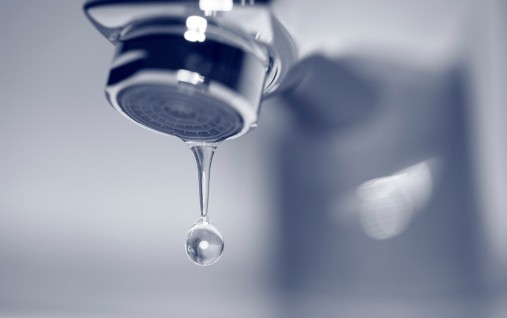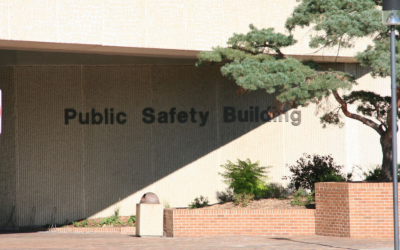An infusion of $6 billion in federal funding for critical water infrastructure projects appears to be on the way to some very happy state and local officials. What a great gift!
Congress last week passed America’s Water Infrastructure Act (S.3021), which will result in federal funding for projects related to safer drinking water and sewer systems. The new statute also has funding for ports, harbors, dams, levees and flood control. The only thing holding the funding up now is President Trump’s signature on the bill. That should happen soon.
This is extremely good news for revenue-constrained state and local governments nationwide as the legislation will be used to fund long-overdue water infrastructure projects. Government leaders have been more than patient and some had to wonder if this funding would ever reach them.
One provision in the bill is the reauthorization and expansion of the Water Infrastructure Finance and Innovation Act (WIFIA), which is designed to leverage millions of dollars in funding from non-federal sources by providing long-term, low-interest supplemental loans. The WIFIA program offers a welcomed funding boost for projects related to water and wastewater treatment, drought prevention, water recycling and alternative water supply projects. The funds – $50 million authorized for 2021 and 2022 – can also be used to help defray the costs of engineering, design, environmental review, construction and rehabilitation.
The newly minted water bill also authorizes $4.4 billion for the Drinking Water State Revolving Fund program administered by the Environmental Protection Agency (EPA). It makes funding available from this agency that will also fund various types of projects related to the improvement of aging water infrastructure.

The EPA recently awarded $30.7 million in grant funding to the state of Connecticut for clean water infrastructure projects. Similarly, the state of Vermont was awarded $18.9 million from two revolving loan funds for both long- and short-term projects to ensure water quality.
And there is more – the U.S. Department of Agriculture last month announced $392 million in funding awards to rural areas in 42 states for projects to improve water and wastewater infrastructure. Qualifying rural communities can use the funds to finance drinking water, storm water drainage and waste disposal systems projects. The town of Wiggins, Colorado, was awarded grants and loans totaling $8 million for upgrades to the town’s water capacity, treatment and storage capability, installation of a 500,000 elevated storage tank and construction of a new water treatment plant.
With grant and loans totaling $9.9 million, the city of Rhinelander, Wisconsin, can now upgrade and replace old sanitary sewers and storm sewers. And with its $23.3 million in total funding, the town of Elkton, Virginia, will launch projects that include a new wastewater treatment plant and construction or renovation of several ancillary buildings.
 Port projects are also getting a share of available federal funds. Texas was recently awarded $10 million from the U.S. Department of Commerce Economic Development Administration (EDA) for port improvement projects. EDA officials say the projects will likely create 15,000 jobs and drive $9.8 million in private investment.
Port projects are also getting a share of available federal funds. Texas was recently awarded $10 million from the U.S. Department of Commerce Economic Development Administration (EDA) for port improvement projects. EDA officials say the projects will likely create 15,000 jobs and drive $9.8 million in private investment.
Three docks at the Port of Beaumont Navigation District will be reconstructed to allow for additional cargo with $5 million in funding. The Port Arthur Navigation District’s $4.8 million grant will be used for rail, storm damage and roadway improvements.
Water infrastructure concerns have reached a tipping point in the U.S. and the billions of dollars in critical projects that are needed are definitely getting attention. Federal funding and private capital will be required and as the funding begins to flow, contracting opportunities will be abundant. Even more important, however, is the fact that precious water resources will be salvaged, expanded and protected throughout the country.
Strategic Partnerships, Inc. is your leading source for PPP News. Sign up for our free weekly e-newsletters to ensure you never miss out.






